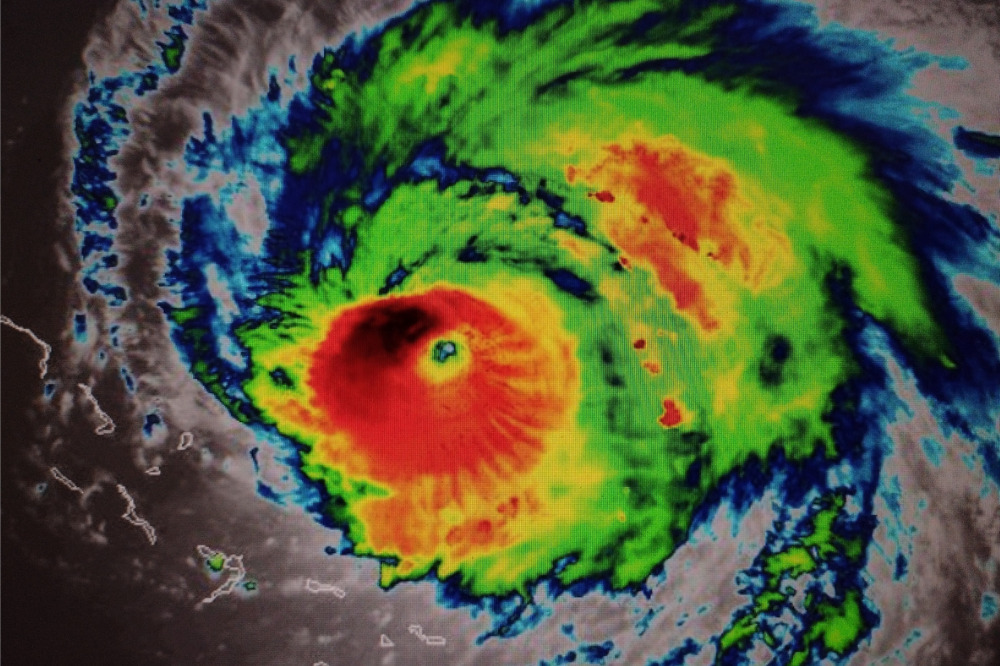How bad will this year’s hurricane season be?

How bad will this year’s hurricane season be? | Insurance Business America
Catastrophe & Flood
How bad will this year’s hurricane season be?
It will start on June 1
Catastrophe & Flood
By
Mika Pangilinan
Colorado State University’s (CSU) Department of Atmospheric Science has released its forecast for the 2023 Atlantic hurricane season, predicting a “slightly below-average level” of tropical cyclone activity.
According to the CSU Tropical Meteorology Project, which is led by senior research scientist Phil Klotzbach, the 2023 season is anticipated to have 13 named storms, six hurricanes, and two major hurricanes. In comparison, a typical season would have 14 named storms, seven hurricanes, and three major hurricanes.
The 2023 season will start on June 1 and continue through November 30, the CSU forecast noted.
Last year’s hurricane season produced 14 named storms and eight hurricanes, with two reaching major hurricane intensity – Fiona and Ian. The CSU team defined major hurricanes as those that reach “a sustained low-level wind of at least 111mph at some point in its lifetime,” constituting a category 3 or higher on the Saffir-Simpson Hurricane Wind Scale.
Additionally, the forecast called for a 44% chance of a major hurricane making mainland US landfall, 22% for such an event occurring along the US East Coast including the Florida Peninsula, and 28% for the Gulf Coast from the Florida Panhandle westward to Brownsville, Texas.
Klotzbach, who is also a non-resident scholar with Triple-I, made note of the “larger-than-normal uncertainty” that exists with this year’s forecast due to evolving atmospheric conditions.
Although current neutral ENSO (El Niño-Southern Oscillation) conditions look likely to transition to El Niño this summer/fall, there is considerable uncertainty as to how strong an El Niño would be if it does develop, according to Klotzbach.
“Sea surface temperatures in the eastern and central Atlantic are much warmer than normal, so if a robust El Niño does not develop, the potential still exists for a busy Atlantic hurricane season,” he said.
Triple-I: financial protection crucial through hurricane season
Responding to the CSU’s forecast, Triple-I CEO Sean Kevelighan highlighted the importance of financial protection from catastrophic losses and the need to have adequate levels of property insurance and flood coverage.
“This is an ideal time for homeowners and business owners to review their policies with an insurance professional to ensure they have the right amount and types of coverage, allowing them to be financially protected from property damage caused by either wind or water,” Kevelighan added.
“That also means exploring whether they need flood coverage, which is not part of a standard homeowners’, condo, renters’ or business insurance policy. Additionally, homeowners can make their residences more resilient to windstorms and torrential rain by installing roof tie-downs and a good drainage system.”
Last year’s insured catastrophe losses amounted to $125 billion, according to a recent Swiss Re report. Hurricane Ian was identified as the primary driver of this figure, accounting for an estimated $50-$65 billion in insured losses.
What are your thoughts on this story? Feel free to comment below.
Related Stories
Keep up with the latest news and events
Join our mailing list, it’s free!






